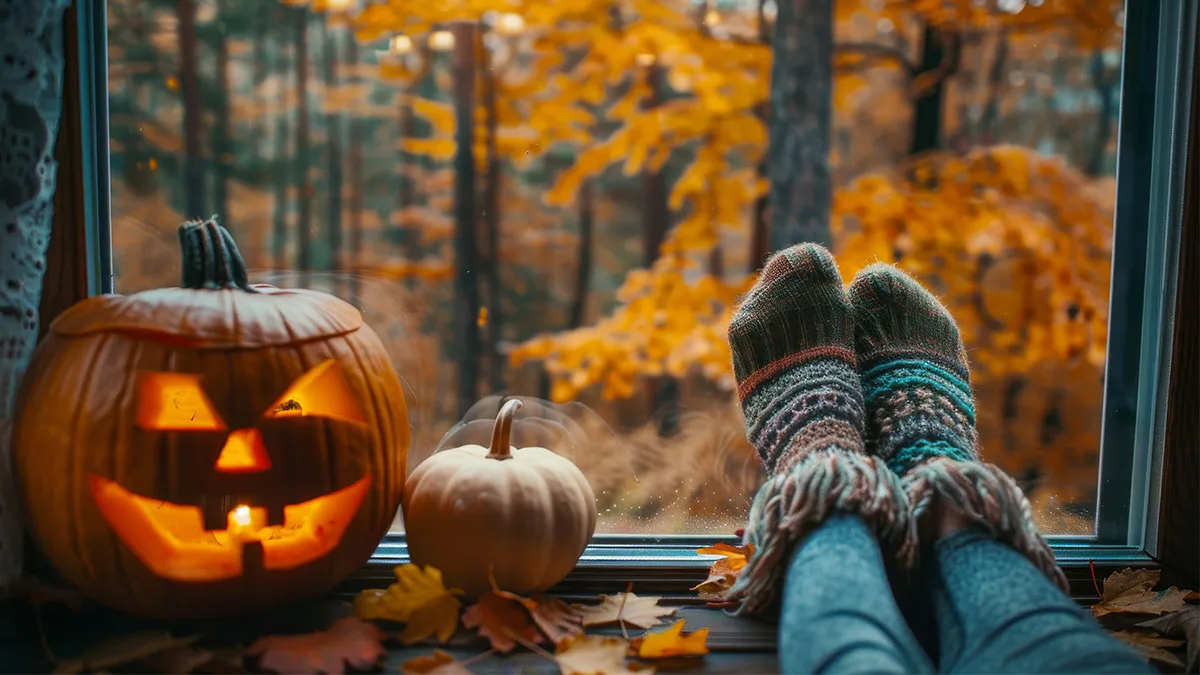As Halloween approaches, excitement fills the air. The season brings spooky costumes, trick-or-treating, and decorations that transform homes into haunted houses. But Halloween is more than just candy and ghost stories; it’s a holiday rich in history and tradition. In this article, we’ll delve into the origins of Halloween, explore some beloved traditions, and share essential safety tips—especially as they relate to window security from New Windows for America, Denver’s most trusted window experts.
Halloween Safety Tips – Especially Around Windows
Halloween brings joy and fun but also comes with safety concerns. To ensure everyone enjoys the Halloween safely, here are some helpful tips:
Secure Windows and Doors
Whether you’re hosting a Halloween party or just expecting trick-or-treaters, make sure windows and doors are secure. Damaged or older windows can be safety hazards, especially with curious kids around. At New Windows for America, we offer expert window replacements that ensure durability and security, reducing the risk of break-ins or accidents.
Keep Windows Clear for Supervision
If you have young children trick-or-treating in the neighborhood, consider placing decorations in a way that keeps windows clear for supervision. This allows you to keep an eye on your little ghosts and goblins from the comfort of your home while maintaining the festive spirit with lights and decorations.
Use Shatter-Resistant Windows
As excitement and foot traffic around your home increase, so does the chance of accidental bumps or knocks on windows. If you’ve been considering upgrading, shatter-resistant windows from New Windows for America provide extra peace of mind, with added durability to withstand bumps from pets, kids, and decorations.
Illuminate Your Yard for a Safe Path
For the safety of trick-or-treaters, make sure pathways to your door are well-lit. Avoid placing decorations in areas that could obstruct walking paths, and use sturdy window and door lights to illuminate entry points without overheating decorations.
Lock Windows and Doors After the Festivities
Once the night’s excitement winds down, be sure to lock all windows and doors. With added features like energy-efficient locking systems, windows from New Windows for America provide safety and peace of mind for your home, even after the Halloween crowds have gone.
Use Window Decals for Safety
Window decals and film can add a touch of Halloween fun while enhancing safety. Window films not only create an eerie atmosphere but can also help reduce glare and prevent people from accidentally walking into glass panes. Plus, many decals are removable, so your windows can return to their usual look after Halloween.
Trick or Treat with Peace of Mind
This Halloween, immerse yourself in the festive spirit while keeping your home and loved ones safe. Whether you’re handing out treats, decorating your home with spooky decor, or simply admiring your neighborhood’s festivities, a secure home makes Halloween all the more enjoyable. And if you’re thinking about enhancing your home’s safety and efficiency, New Windows for America is here to help with durable, energy-efficient windows tailored to your needs.
From our family to yours, have a fun, safe, and happy Halloween! 🎃
New Windows for America is “A Better Way to Buy Windows”!




